
You are in :
Pathways
Select a map
Population 2005 Census & Projected Increase in Urban Population 2030

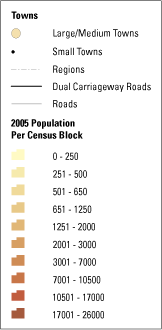

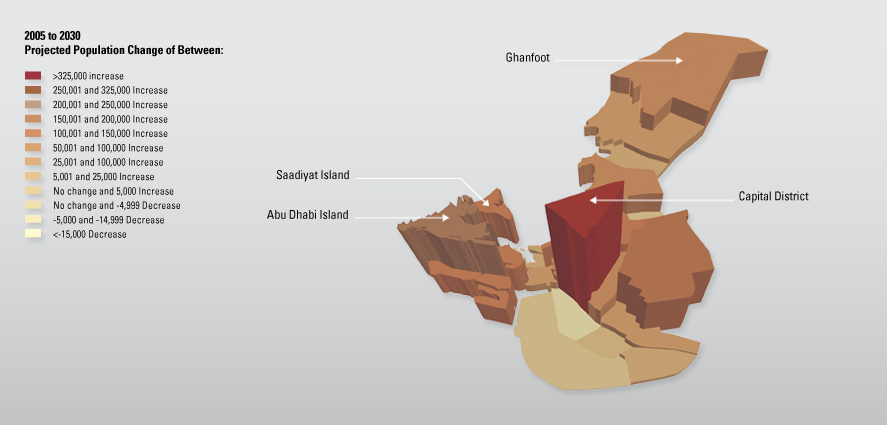
Prior to 1970, Abu Dhabi Emirate was largely undeveloped with a population of 46,375 (1968 Census Data). The increased commercial production of oil over the past forty years spurred urban development and industrial growth, which led to a dramatic rise in population. Census data from 2005 indicate the population of the Emirate was 1.4 million. By the end of 2008, Abu Dhabi had a total of 1.57 million people, and was the most heavily populated of the seven emirates that make up the UAE. Seventy-five per cent of the population are expatriates, while the remaining twenty-five per cent are Emirati. A majority of the population resides in the urban centres of Abu Dhabi City and Al Ain City; other population centres are found in smaller towns and cities in the Western Region such as Madinat Zayed, Mirfa, and Ghayathi. The population is projected to more than triple by 2030; these increases will occur mainly in Abu Dhabi City and Al Ain City, with projected growths of greater than 3 million and 1 million, respectively.
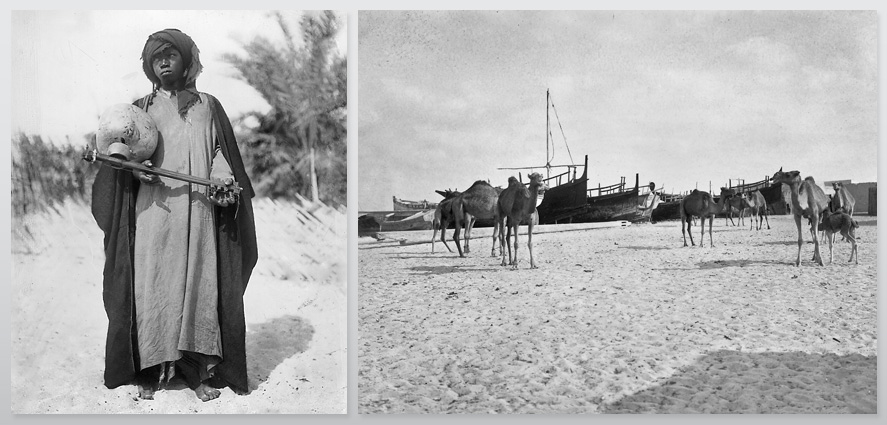
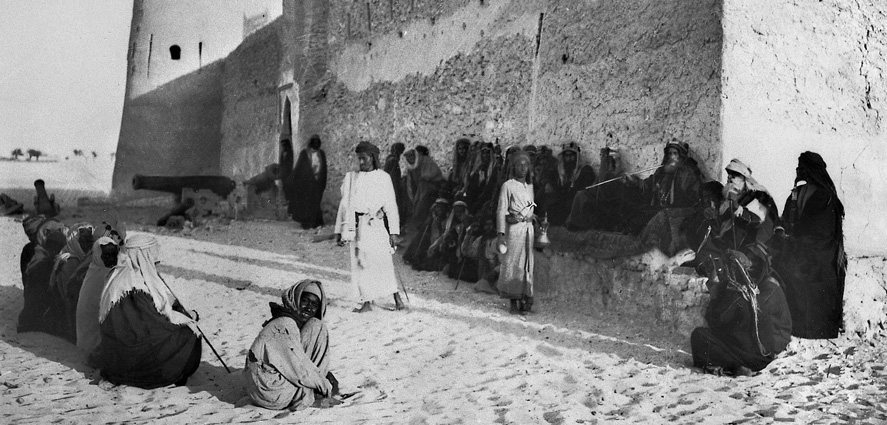
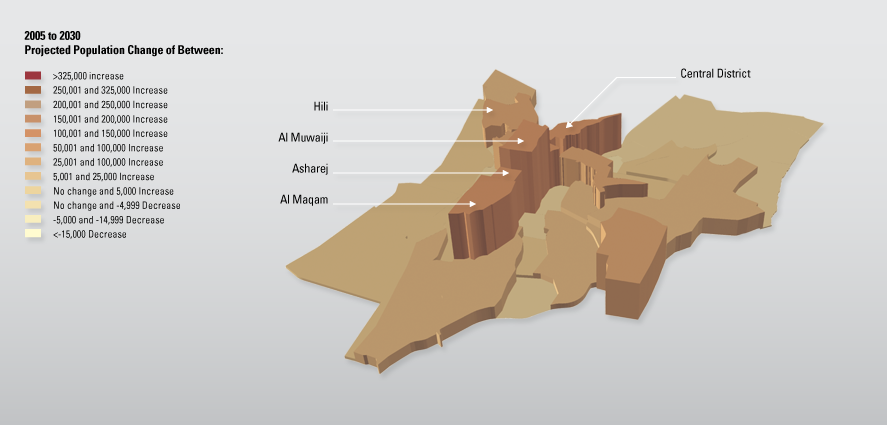
Tribal Population in 1904
Until the middle of the past century, population centres in the Emirate were restricted to seasonal settlements in and around Abu Dhabi, Dalma Island and inland at Ghayathi, Liwa and Al Ain. The population consisted of a number of different tribal groups with their strong ties of kinship and distinct traditions.
The most prominent of these groups were the Bani Yas, Manasir and Baharinah. In 1904 the tribal population in the Emirate was approximately 18,000, with settled groups and nomads who would camel herd, hunt and fish. Nomadism declined, specifically among the Bedouin of the dominant Bani Yas tribe, as the economy in the region diversified.

















